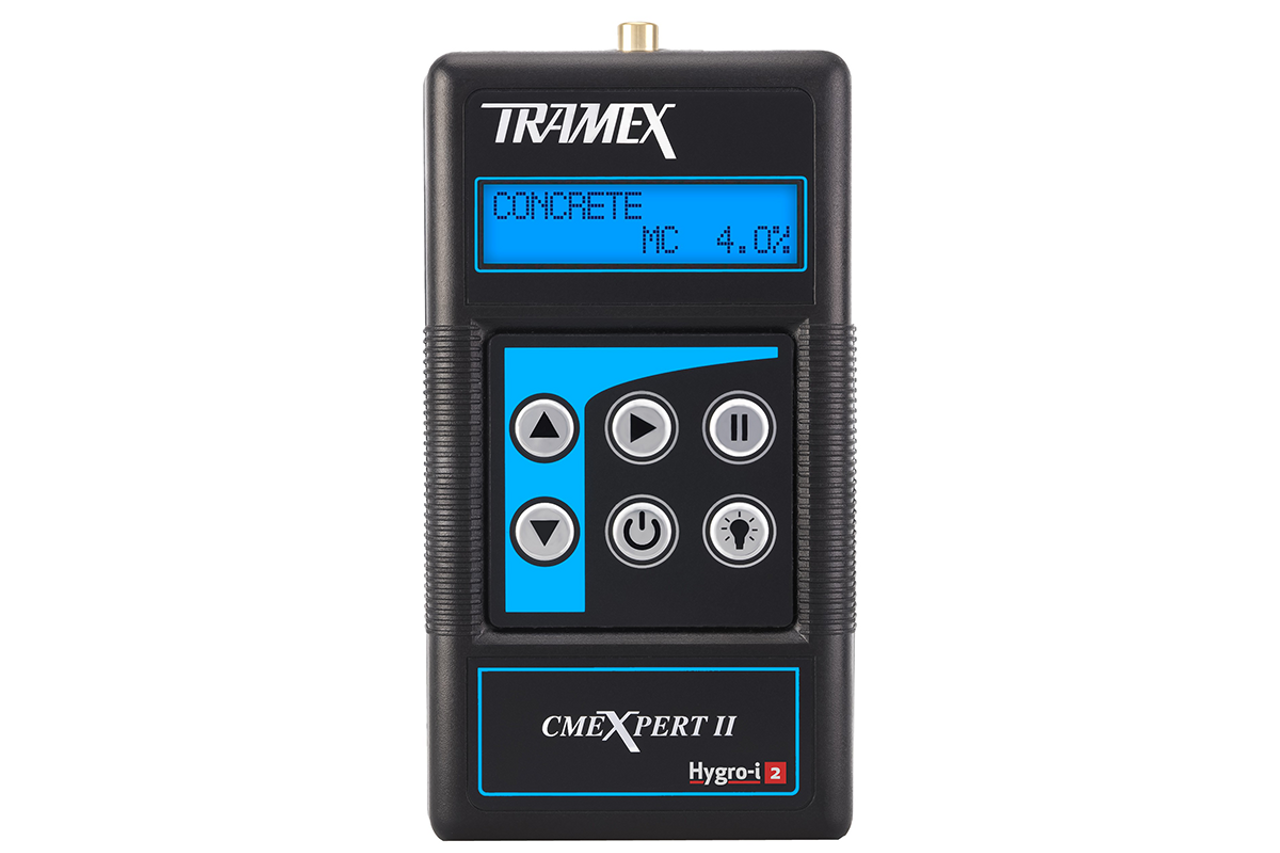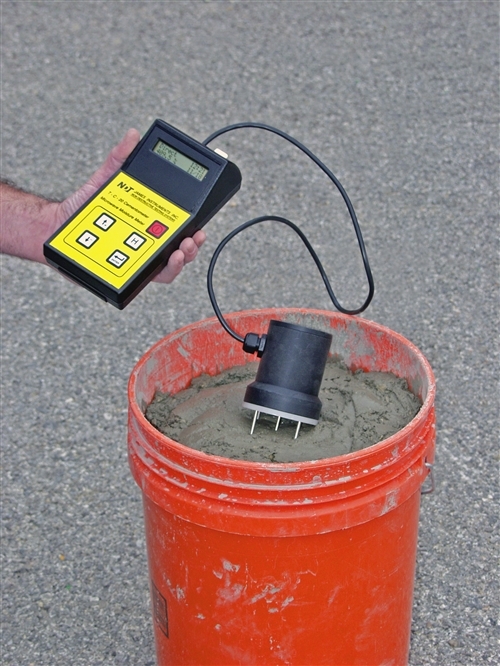Moisture Meter Reviews: Comparing the very best Versions for Specialist and Do It Yourself Usage
Moisture Meter Reviews: Comparing the very best Versions for Specialist and Do It Yourself Usage
Blog Article
Look Into the Globe of Moisture Meters: Whatever You Need to Know
In the world of moisture meters lies a globe of accuracy and functionality that typically goes unnoticed. These tools, while apparently simple, hold a wealth of info that can dramatically influence numerous markets and applications. Understanding just how moisture meters operate, the various kinds available, and their varied uses can shed light on their value in making sure quality and performance. By checking out the intricacies of dampness meters, one can uncover an important tool that goes beyond mere dimension, offering understandings that can make a substantial distinction in numerous areas.
Exactly How Moisture Meters Work
Moisture meters operate by gauging the electrical conductivity or capacitance of materials to establish the wetness web content existing. These meters are indispensable devices across numerous markets, consisting of building and construction, woodworking, and farming. By using various approaches such as pin-type or pinless innovation, dampness meters offer accurate analyses that help specialists make educated decisions.
Pin-type wetness meters work by inserting the sharp pins into the material being checked. The electric conductivity between the pins is then gauged, with higher moisture levels causing enhanced conductivity. Moisture Meter. On the other hand, pinless dampness meters use electro-magnetic signals to check a bigger area without triggering any damage to the product's surface area. These meters are perfect for rapidly assessing moisture levels in large areas or finished products.
Despite the approach used, moisture meters play an important function in avoiding concerns such as mold and mildew development, architectural damage, or item flaws brought on by excess wetness. Comprehending exactly how these meters job is necessary for making certain the quality and honesty of materials in numerous applications.
Kinds Of Moisture Meters
Offered the critical duty moisture meters play in different sectors, it is important to comprehend the different kinds readily available to specialists for precisely evaluating moisture levels - Moisture Meter. There are mostly two primary kinds of wetness meters: pinless and pin-type moisture meters

On the various other hand, pinless moisture meters utilize electromagnetic sensor plates to scan a larger area of the product without causing any kind of damage. This type is ideal for promptly scanning large locations and is typically made use of for floor covering, walls, and ceilings. Pinless meters are convenient for taking analyses on finished surface areas without leaving any kind of visible marks.
Both kinds of dampness meters have their advantages and are chosen based upon the details needs of the task available. Recognizing the differences in between these types is vital for professionals to make precise dampness evaluations.
Applications Across Industries
Construction specialists rely on wetness meters to evaluate the moisture levels in building products like concrete, drywall, and wood, which is vital for preserving architectural integrity and avoiding issues like rot or mold and mildew. The floor covering market uses moisture meters to measure the dampness content in subfloors prior to installing different floor coverings, protecting against expensive problems due to excess dampness. In the food sector, dampness meters are used to keep an eye on and regulate moisture levels in items such as grains, nuts, and dried out fruits to preserve freshness and high quality.
Tips for Utilizing Moisture Meters
Make use of the moisture meter's calibration settings to ensure accurate readings when determining the dampness web content in different materials. Calibration is essential for the proper performance of a moisture meter. Prior to each use, it is suggested to examine and adjust the calibration settings according to the particular product being tested. In addition, make certain the meter is readied to the proper moisture range for the product you are measuring to get the most accurate outcomes.
When making use of a pin-type wetness meter, place the pins to the suitable deepness recommended for the material being checked. This makes sure that the moisture analyses are extracted from the appropriate deepness within the product, offering a much more accurate depiction of its moisture material. For pinless dampness meters, remember to preserve correct call with the product's surface area to obtain reliable analyses.
Consistently check and replace the batteries in your dampness meter to stop inaccurate readings as a result of low power. Store the meter in a completely dry and safe place when not being used to extend its lifespan and preserve its accuracy. By adhering to these tips, you can take full advantage of the performance of your wetness meter and get accurate dampness content dimensions across different products.
Maintenance and Calibration
To make certain the precision of dampness material dimensions, regular maintenance and calibration of the dampness meter are necessary steps in its proper performance. Calibration adjusts the wetness meter to make certain that it provides trustworthy and constant results.
Calibration should be executed regularly, particularly if the moisture meter is made use of frequently or in vital applications where precise dimensions are required. Numerous dampness meters feature calibration devices or can check it out be calibrated by specialist solutions. Moisture Meter. It is suggested to keep a log of calibration dates and results to track the performance of the dampness meter with time. By adjusting the dampness and maintaining meter on a regular basis, customers can trust the precision of the moisture web content dimensions acquired.
Final Thought

To conclude, dampness meters play an essential duty in different markets by accurately gauging the wetness web content of materials. Comprehending exactly how these gadgets function, the various kinds readily available, and correct maintenance check over here and calibration are vital for acquiring trusted outcomes. Whether in building and construction, agriculture, or manufacturing, making use of wetness meters helps ensure quality assurance and efficiency in processes.

In conclusion, moisture meters play a crucial function in various sectors by precisely gauging the wetness content of products.
Report this page